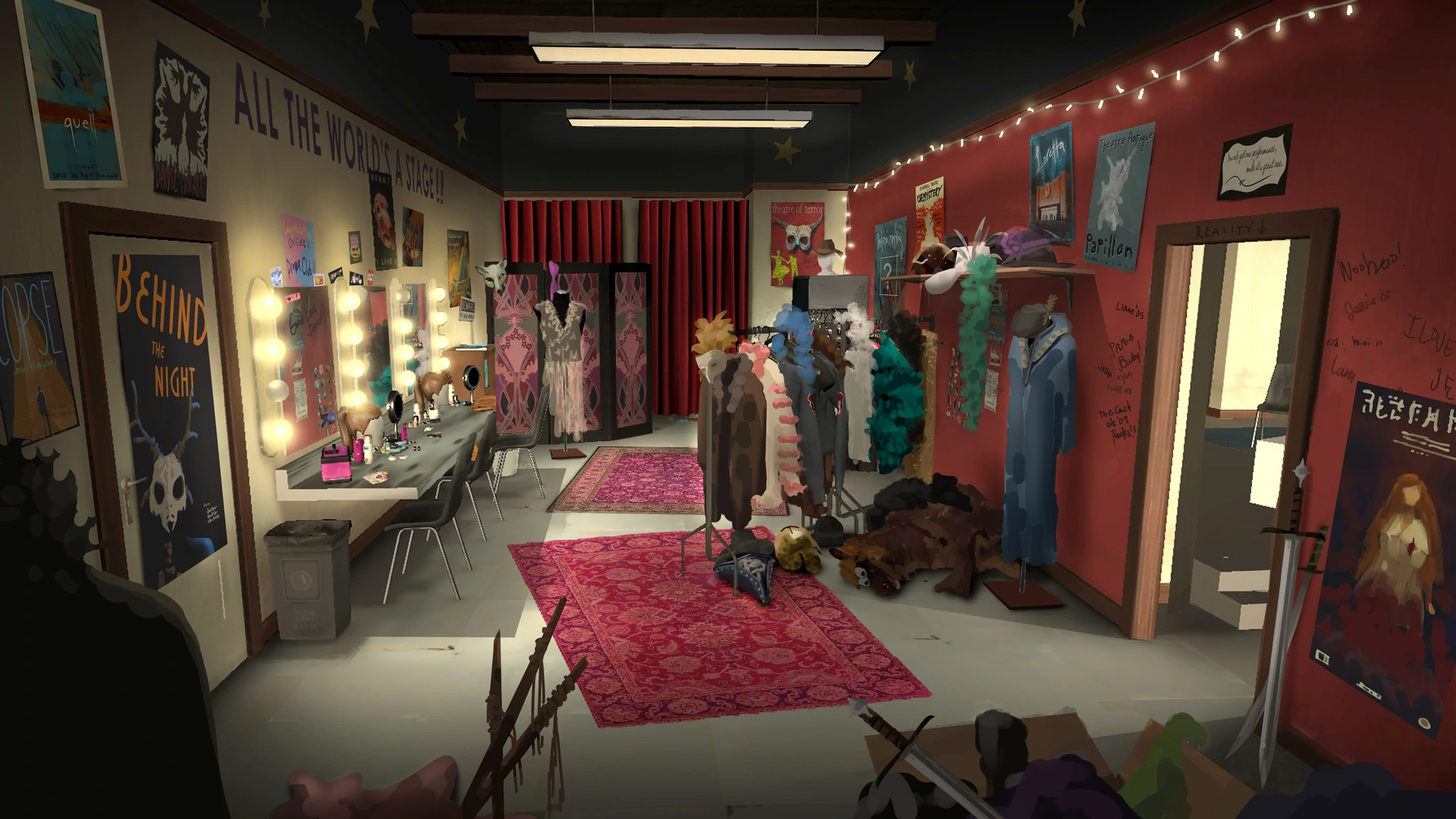In the diverse landscape of storytelling, the concept of a ‘Foster Home for Fantasy Girls’ emerges as both whimsical and profound. This idea is steeped in layers of complexity, inviting exploration into the intricate ramifications of fantasy, identity, and belonging. In an era where narratives often blur the lines between reality and imagination, delving into this theme provides a unique lens through which one can assess the interplay of fantasy and real-world issues, particularly among young women.
The cornerstone of understanding this concept lies in recognizing the multifaceted nature of fantasy itself. Fantasy is not merely an escape; it serves as a canvas upon which individuals can project their desires, fears, and aspirations. Within the framework of a foster home, this manifests as a sanctuary where girls are not just sheltered but empowered to forge their identities through the lens of fantastical elements. The home becomes an incubator for dreams, offering a stark contrast to their often tumultuous realities.
At the heart of the narrative is the representation of young women who have been marginalized or ostracized in mainstream society. The ‘foster’ aspect symbolizes a longing for acceptance, community, and familial connection, sorely lacking in conventional settings. Much like a social microcosm, the foster home allows these girls to explore diverse facets of their personalities, often through the adoption of fantastical avatars. This aspect invites a critical examination of how society can uplift or stifle individuality based on external judgments.
Into this intricate tapestry, fantasy serves several pivotal functions. Firstly, it acts as a mechanism for coping with trauma. Many girls entering such homes have experienced significant upheaval—be it familial abandonment, abuse, or societal rejection. In this safe haven, they can harness the power of imagination to transform pain into strength. By creating or embodying fantasy elements, these characters may reinterpret their narratives, emerging from victimhood into a realm of agency and empowerment.
Moreover, the concept embraces a spectrum of identity exploration. The fantasy genre has a longstanding tradition of challenging rigid gender norms. Characters in this narrative arc are not confined by traditional roles; they can be warriors, sorceresses, or even mischievous tricksters. This fluidity allows for a reimagining of self-concept—who they are in the world and who they wish to become. The foster home becomes a microcosm where societal expectations are dismantled, providing a fertile ground for experimentation in gender and identity.
The supportive environment of a ‘Foster Home for Fantasy Girls’ fosters camaraderie. In these dwellings, the girls forge relationships that not only provide emotional sustenance but also encourage collective growth. The dynamics mimic those of a found family, expanding notions of kinship beyond biological ties. This community aspect is instrumental in bolstering self-esteem and resilience. Within these bonds, the girls feel empowered to share their stories, inspirations, and creative pursuits, often catalyzing profound personal transformations.
As we unpack this concept, it’s essential to consider its representation in various media. Literature, television, and gaming frequently depict these elements, encapsulating the essence of the odd juxtaposition between reality and the surreal. Works of fiction that explore this narrative often highlight darker underpinnings—mental health struggles, societal rejection, and the quest for identity—thereby creating profound allegories to real-life situations. The exploration of these themes through the lens of fantasy offers not only escapism but also a mode for dialogue about pressing issues faced by young women today.
Furthermore, the role of mentors or guardians in this setting cannot be overlooked. They often serve as guides for the girls, helping to navigate the complexities of their experiences. These figures can embody the traditional savior archetype but may also subvert this expectation, presenting flawed characters that offer relatability. The narrative tension created by these dynamics brings depth, illustrating that guidance can come from shared struggles and mutual understanding, rather than just authority.
Critics of the trope might argue that the concept risks trivializing the challenges faced by marginalized youth by framing them within a fantastical context. However, a more nuanced perspective recognizes that this framework actually amplifies their voices, presenting their narratives not just as sob stories but as transformative journeys. By embedding these stories in fantastical scenarios, creators can evoke empathy, fostering a deeper understanding of the intersection between fantasy and harsh truths of life.
In essence, a ‘Foster Home for Fantasy Girls’ represents a convergence of themes that resonate on multiple levels, intertwining fantastical narratives with poignant explorations of identity, trauma, and empowerment. These stories encourage reflection on societal attitudes surrounding gender and belonging while simultaneously offering a commentary on the elegant strength found amidst vulnerability. It is through the lens of this unique concept that one can appreciate the intricate dance between reality and imagination, ultimately advocating for a more inclusive understanding of the myriad experiences that shape young women’s lives.
The exploration of such concepts not only enriches our understanding of narrative structures but also underscores the importance of fostering spaces where girls, and indeed all marginalized voices, can thrive in their individuality. In recognizing the strength found in community and fantasy, we can begin to rewrite the scripts governing our lives, celebrating the rich tapestry that is the human experience.

